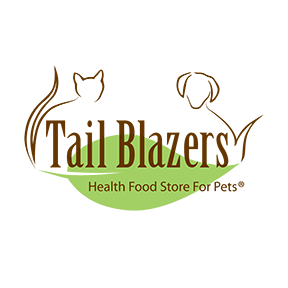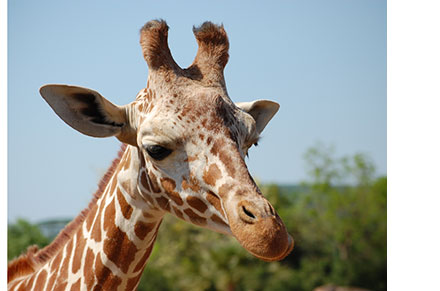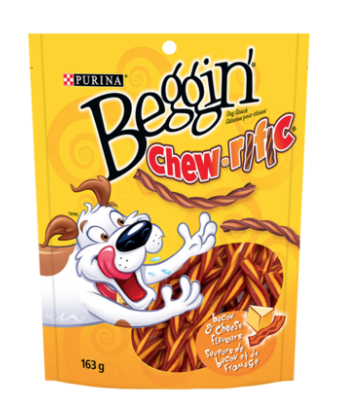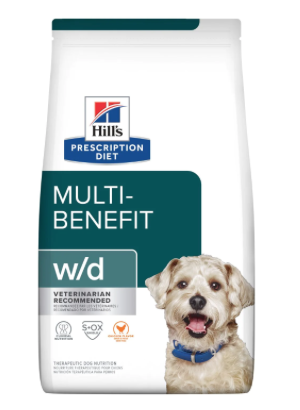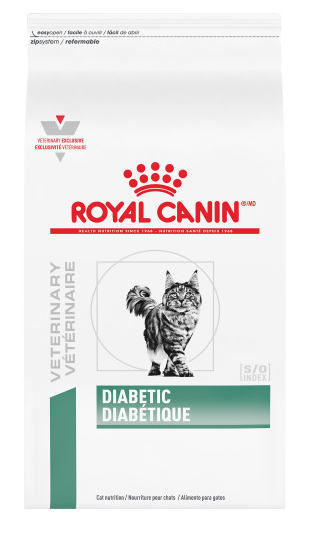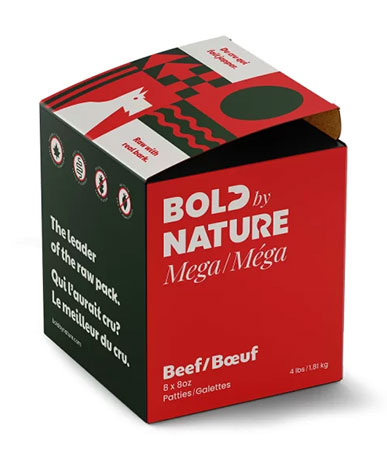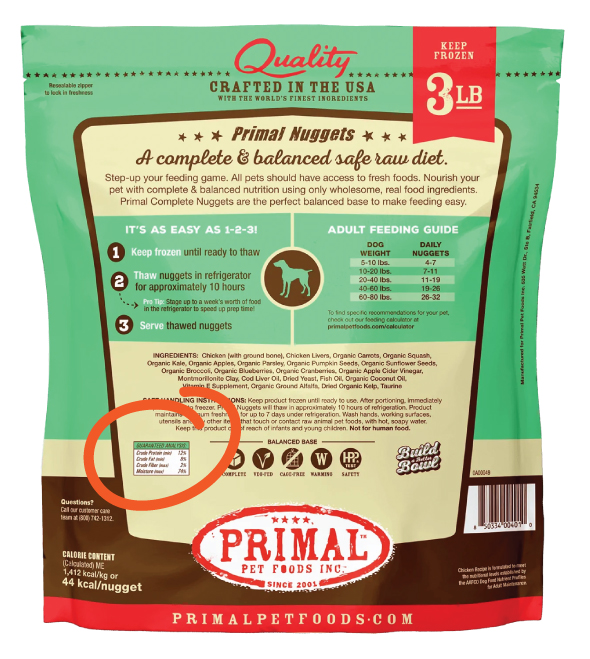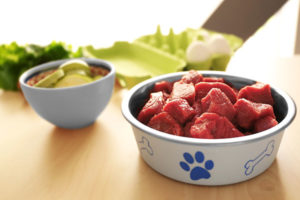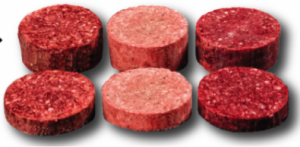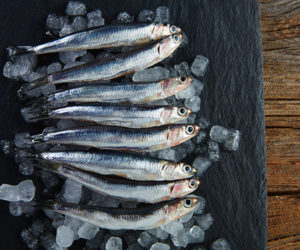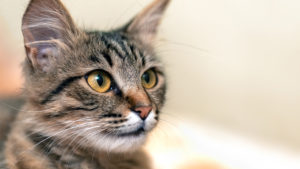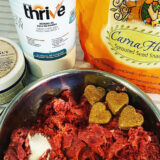Diabetes & Your Pet: A Comprehensive Look
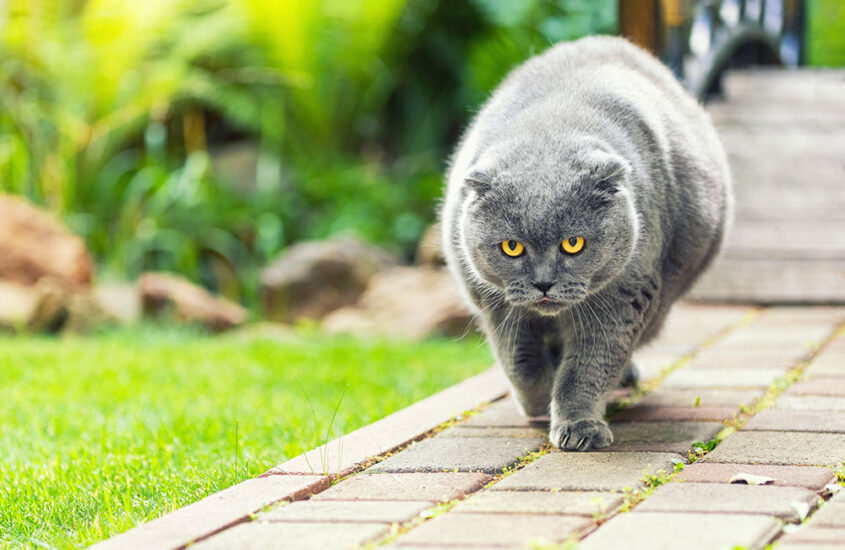
It’s estimated that 1 in every 300 dogs and 1 in every 230 cats will develop diabetes during their lifetime — and those statistics keep rising. It’s important to note that this disease is preventable and should be prevented! Let us walk you through it.
Definitions
Species Appropriate / Inappropriate Diet
What do we mean when we use this term?
- When we use the term species appropriate diet we are discussing what the species should be eating based on its biological makeup.
- For instance, giraffes in the wild are browsers, feeding predominantly on the leaves and stems of trees and shrubs, and consuming smaller, variable amounts of climbers, herbs, flowers, fruits, and bark. We would consider this a species appropriate diet.
- In captivity, giraffes are fed cereal grain products, fruit, and vegetables, sometimes in pellet form, which are approved by zoo officials including veterinarians. This was noted to cause at least 48% of giraffes in captivity to be in poor to emaciated body condition at the time of death and caused so many others to develop numerous diseases including obesity, fat atrophy, and dental decay. This diet would be what we call species inappropriate. (Born Free USA)
- A species appropriate diet is a diet an animal thrives on and a diet their biological structure supports. Unfortunately, most diets on the market are not species appropriate and this includes veterinarian formulations. How can any species live a healthy life eating food their body is not designed to eat?
Natural Treatment
While we are using the term natural treatment in this article and others, we are talking about nutrition and supplementation that Tail Blazers, holistic veterinarians and nutritional experts have used and have seen the benefits of. The information is public knowledge, found in scientific studies, books, professional podcasts, webinars, seminars, and more. Natural treatment usually means without the use of steroids, antibiotics, or other prescription medication.
What is Diabetes?
Diabetes is a disease that can occur in humans and pets alike. It is the result of a defective connection in the body between glucose and insulin and usually occurs when the pancreas is damaged or not functioning properly. If the pancreas is not producing insulin the glucose in the blood cannot be absorbed properly and can cause a condition called hyperglycemia which means there is too much sugar in the blood.
There are two types of diabetes.
Type 1 Diabetes – Occurs when the pancreas fails to produce enough insulin. Therefore the glucose cannot be absorbed properly and insulin shots are needed. This is called insulin deficiency and is most common in dogs.
Type 2 Diabetes – Is typically caused by a poor diet too high in carbohydrates and sugar, and is more likely to occur in older or obese pets. The production of insulin is not necessarily the problem in this case, but rather insulin resistance, where the body’s cells are not responding to the insulin’s message and glucose isn’t being pulled out of the bloodstream and into the cells.
Type 1 diabetes as well as type 2 are completely preventable in pets, but once diagnosed are a complete nightmare to treat.
Causes/Risk Factors
What factors can lead to your pet being more vulnerable to diabetes? The most common causes of diabetes are:
Diet and lack of species appropriate nutrition – An inappropriate diet can lead to having an obese pet. Inappropriate pet diets are everywhere and are too easily accessible to everyone. Poor-quality and species inappropriate pet diets usually contain sugar, carbohydrates and very little or no source of animal protein, and these diets are available at most places you shop. They can be found at your local grocery store, corner store, pharmacy, vet offices and even in your pet store. A lot of times, pet food store staff members aren’t even sure what they are selling you, and the grocery store, corner store, and pharmacy workers won’t have a clue either, since they are not trained in pet nutrition. Some of the most popular treat items purchased at general stores for pets are:
- Purina Beggin Strips: Made with soybean meal, corn meal, sugar, and added red color (Red 40).
- Pedigree MarroBone: Made with wheat flour, meat & bone meal and sugar.
- Whiskas cat milk: Made with corn syrup.
- These are unhealthy and NOT species appropriate choices for treats.
This is a large reason why the pet obesity rate is climbing, and therefore the diabetic rate is climbing with it. Dogs’ and cats’ digestive systems are simply not designed for carbohydrates and sugars. The body’s inability to break down carbohydrates and sugars will lead to diabetes. The only question is when?
Obesity or lack of exercise
Pets that are not given regular aerobic exercise are at high risk to develop this disease. Keep your pet active. Dogs should be walked regularly, and cats should have toys to keep them occupied … or let them run outside (in a safe area), your cat will thank you for it!
Vaccination / Autoimmunity
Over-vaccinating your pet has been shown to cause autoimmunity which can also be triggered by infections, antibiotics, and toxins – this means that the body attacks its own tissue.
Symptoms
What should you be looking out for? What symptoms would a diabetic pet have?
Diabetes may cause:
- increased urinary tract infections due to the high amount of sugar present in the urine
- frequent urination (which causes most water-soluble vitamins to be washed out of the system making it impossible to maintain a healthy body)
- weight loss
- insatiable appetite
- copious drinking
- weakness
- vomiting
- increased infections
Because the body is absorbing very little, an animal with diabetes is in a semi-starvation state. This can be extremely painful and unnecessary.
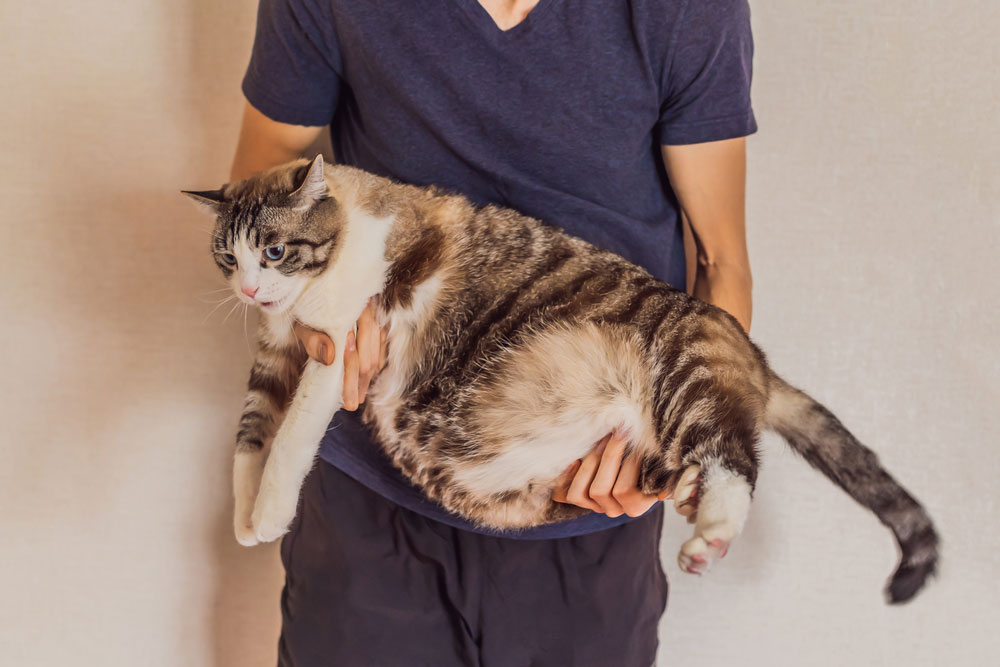
Conventional Treatments
Conventional treatments typically involve insulin replacement therapy. These treatments can cost up to $150 per month and injections may be needed as much as twice a day. Conventional treatment also requires the use of prescription pet food which can typically only be purchased at your veterinary office. These diets are lacking in species appropriate ingredients, and therefore we do not suggest them as an appropriate diet.
Prescription Diet Breakdown
Let’s break down some popular diabetic prescription diets.
Hill’s® Prescription Diet® –w/d Multi-Benefit Dry Cat Food
The marketing on this package describes the key benefits of this food as:
- Manages blood sugar
- Promotes urinary tract health
- Metabolizes fat to maintain lean muscle
- And promotes healthy digestion and formed stools
Check out this ingredient list and guaranteed analysis:
INGREDIENTS: Brewers Rice, Corn Gluten Meal, Chicken Meal, Wheat Gluten, Chicken, Powdered Cellulose, Whole Grain Wheat, Whole Grain Corn, Chicken Fat, Pork Flavor, Lactic Acid, Flaxseed, Dried Beet Pulp, Chicken Liver Flavor, Soybean Oil, Potassium Chloride, Choline Chloride, L-Lysine, L-Threonine, DL-Methionine, Calcium Sulfate, Iodized Salt, vitamins (Vitamin E Supplement, L-Ascorbyl-2-Polyphosphate (source of Vitamin C), Niacin Supplement, Thiamine Mononitrate, Vitamin A Supplement, Calcium Pantothenate, Biotin, Vitamin B12 Supplement, Riboflavin Supplement, Pyridoxine Hydrochloride, Folic Acid, Vitamin D3 Supplement), Taurine, minerals (Ferrous Sulfate, Zinc Oxide, Copper Sulfate, Manganous Oxide, Calcium Iodate, Sodium Selenite), L-Carnitine, Mixed Tocopherols for freshness, Natural Flavors, Beta-Carotene. (Source: https://www.hillspet.ca/en-ca/cat-food/pd-wd-feline-dry)
| Nutrient | Dry Matter1 % |
| Protein | 41 % |
| Fat | 9.4 % |
| Carbohydrate / NFE | 36.8 % |
| Crude Fiber | 6.2 % |
Analysis
The main protein source is coming from corn, rice, wheat, animal by-product, etc. There is minimal animal protein. Brewer’s rice alone accounts for a glycemic index of 64 which is quite high. When analyzing an appropriate diabetic food we must consider the glycemic index. Foods that have a high glycemic index should be at the bottom of the ingredient list or not included at all, whereas foods that have a very low glycemic index like chicken, beef, and fish (all at zero) should be the highest on the list.
The carbohydrate count on this food is sitting at about 36%. A cat’s natural diet would consist of approximately 2% carbs and even that usually comes from the stomach contents of prey since cats eat mainly herbivores who thrive on carbohydrates. Anything above 10% would be too high for diabetic cats. Ideally, you would have a lower percentage than that. So that completely rules out many dry foods and it rules out this Hill’s Multi-Benefit formula.
Hill’s® Prescription Diet® w/d Multi-Benefit Dry Dog Food
The marketing on this package indicates that this food has the following key benefits:
Key Benefits
- Manages blood sugar
- Promotes urinary tract health
- Metabolizes fat to maintain lean muscle
- And promotes healthy digestion and formed stools
Check out this ingredient list and guaranteed analysis:
INGREDIENTS: Whole Grain Wheat, Powdered Cellulose, Chicken Meal, Whole Grain Corn, Corn Gluten Meal, Chicken Fat, Cracked Pearled Barley, Whole Grain Oats, Chicken Liver Flavor, Dried Beet Pulp, Pork Liver Flavor, Lactic Acid, Soybean Oil, Caramel color, Flaxseed, Choline Chloride, Potassium Chloride, Glyceryl Monostearate, Potassium Citrate, Iodized Salt, L-Lysine, vitamins (Vitamin E Supplement, L-Ascorbyl-2-Polyphosphate (source of Vitamin C), Niacin Supplement, Thiamine Mononitrate, Vitamin A Supplement, Calcium Pantothenate, Riboflavin Supplement, Biotin, Vitamin B12 Supplement, Pyridoxine Hydrochloride, Folic Acid, Vitamin D3 Supplement), L-Tryptophan, Calcium Carbonate, DL-Methionine, minerals (Ferrous Sulfate, Zinc Oxide, Copper Sulfate, Manganous Oxide, Calcium Iodate, Sodium Selenite), Taurine, L-Carnitine, Mixed Tocopherols for freshness, Natural Flavors, Beta-Carotene. (Source: https://www.hillspet.ca/en-ca/dog-food/pd-wd-canine-dry)
| Nutrient | Dry Matter1 % |
| Protein | 20.7 % |
| Fat | 13 % |
| Carbohydrate / NFE | 45.2 % |
| Crude Fiber | 16 % |
| Total Dietary Fiber | 27.6 % |
| Soluble Fiber | 1.9 % |
| Insoluble Fiber | 25.5 % |
Based on the guaranteed analysis given, this food is sitting at about 45% carbs which is far too high for a diabetic diet and considering that diabetes is caused by too many carbs you should be avoiding them as much as possible. Its first ingredient is also at about 50 on the glycemic index which is considered to be a medium risk for diabetics. For us, we would like to see an ingredient that is high on the glycemic index, further into the ingredient list or not on the list at all because it is not considered species appropriate.
Royal Canin Feline Diabetic™ Dry Cat Food
This food communicates on its label that the benefits of this particular food are:
- Formulated with a reduced level of starch
- Minimizes glucose fluctuations with a combination of prebiotics
- Promotes a urinary environment unfavorable to the development of crystals
- A high protein content helps to maintain muscle mass
Check out the ingredient list and guaranteed analysis:
Ingredients: Chicken by-product meal, barley, wheat gluten, corn gluten meal, soy protein isolate, tapioca, powdered cellulose, chicken fat, natural flavors, dried chicory root, fish oil, psyllium seed husk, potassium chloride, sodium pyrophosphate, calcium sulfate, vegetable oil, fructooligosaccharides, choline chloride, vitamins [DL-alpha tocopherol acetate (source of vitamin E), L-ascorbyl-2-polyphosphate (source of vitamin C), niacin supplement, biotin, riboflavin supplement, D-calcium pantothenate, pyridoxine hydrochloride (vitamin B6), vitamin A acetate, thiamine mononitrate (vitamin B1), vitamin B12 supplement, folic acid, vitamin D3 supplement], potassium citrate, L-arginine, taurine, salt, trace minerals [zinc proteinate, zinc oxide, manganese proteinate, ferrous sulfate, manganous oxide, copper sulfate, calcium iodate, sodium selenite, copper proteinate], marigold extract (Tagetes erecta L.), L-carnitine, rosemary extract, preserved with mixed tocopherols and citric acid. Source: (https://www.royalcanin.com/ca/en_ca/cats/products/vet-products/feline-diabetic-dry-cat-food)
| Crude Protein (min) | 44.0% |
| Crude Fat (min) | 10.0% |
| Crude Fiber (max) | 6.8% |
| Moisture (max) | 10.0% |
Analysis
This formula of food has been calculated to contain a 28% carb content. Remember earlier when it was suggested that a cat that is eating a species appropriate food should be sitting at 2%? I believe you are seeing a pattern now with companies that use marketing to trick you into believing that their food is good for your companion animal.
Let’s talk about some ingredients that are commonly listed in these veterinary/prescription foods.
Chicken by-product meal:
Glycemic index 0
Carbohydrate content: 0
Sugar content: 0
Unlike chicken meal, which is dried and rendered clean meat, skin, and bone, chicken by-products contain the “less desirable” parts of a chicken that remain after the meat is removed. This can include feet, feathers, and beaks as well as lungs, spleen, liver, and kidneys, really anything that isn’t the “meaty” part of the animal. The raw ingredients used in rendering by-product meals are generally just leftovers from the meat, poultry, and fishing industries. High temperatures used in the rendering may alter or destroy natural enzymes and proteins found in these raw ingredients. Because of this, the nutritional quality of by-products often varies dramatically from batch to batch.
Whole Yellow Corn:
Glycemic index: 52
Carbohydrate content: 19g/100g
Sugar content: 3.2g/100g
This should not be anywhere near the front of a quality pet food ingredient list, and preferably not at all. The largest concern with corn in the pet industry is the quality of corn being allowed into pet foods. All grades of corn are acceptable for use in the pet food industry – that means that corn that contains; glass, stone, toxic substances, animal filth, and mold are all acceptable to be put into pet food. Yikes!
Caramel Colour:
Glycemic index: Unknown
Carbohydrate content:94g/100g
Sugar content: 94g/100g
You might be wondering why it’s necessary to add coloring to pet food. The answer is that it is completely unnecessary, and it is usually added to make the food look more appealing to the human eye. It changes a greyish color kibble to a golden brown color. Isn’t THAT appealing?! On top of that, it is a huge source of sugar and should be nowhere near a diabetic formula.
These are ingredients we don’t like to put our name behind so you won’t find them in any products at a Tail Blazers store, and if you find it on an ingredient list for pet food you are looking at, or in a product you are currently feeding, you should consider finding new food.
You might be wondering what a natural treatment looks like at this point.
Natural Treatments: Food
At Tail Blazers we know that one size doesn’t fit all so we focus on fitting your pet to a food that will work for them.
Holistic veterinary practitioners that suggested feeding a small, well-balanced raw meal 2-3 times a day had noticed that the need for insulin seemed to stabilize. In addition, keeping the glycemic index low is crucial to finding the correct diet for your pet. Raw food is suggested for diabetic pets because the glycemic index of raw food is typically under 10, where kibble is usually 30 or more.
This is where we would start, by suggesting a raw diet for your cat or dog.
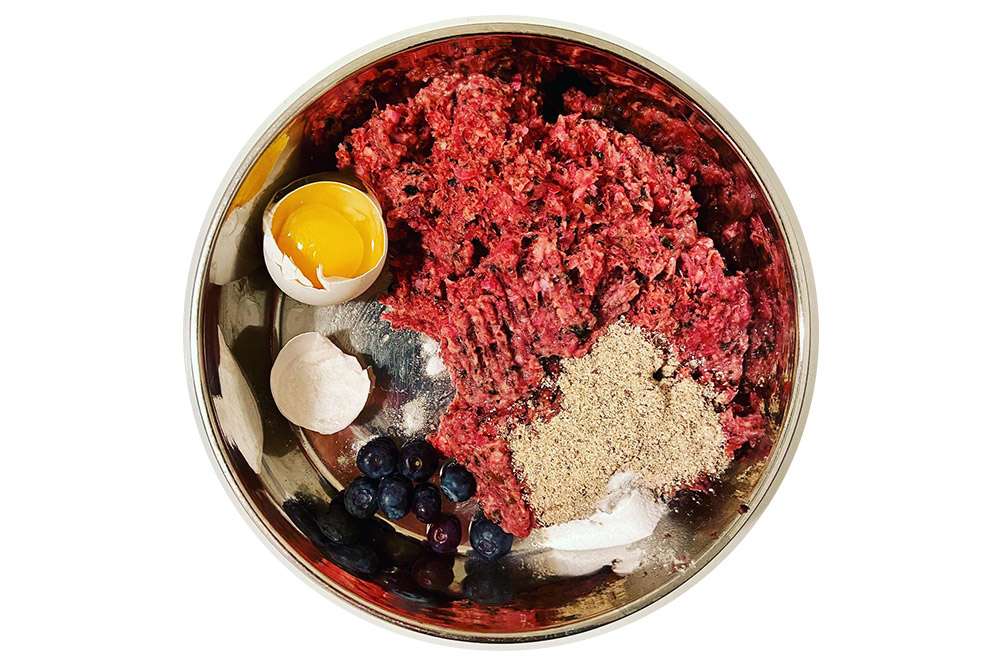
Raw Diabetic Diet for Dogs:
Carbohydrates in raw dog food are typically less than 15%, where with dry food it’s very difficult to find carb content below 30%. Take this food for instance.
Bold by Nature Mega Beef
Check out the ingredient list and guaranteed analysis.
Ingredients: Lean beef meat, beef bone, beef offal (lung, heart, liver), vegetables*, beef tripe & kelp.
| Protein (Min.) | 14.7 % |
| Fat (Min.) | 8 % |
| Fibre (Max.) | 4.4% |
| Moisture (Max.) | 73% |
| Calories per Patty | 318 |
Based on an approximate calculation, the total glycemic index of this food would be less than 7.62% which is great and the carb content is sitting at around 2.3%. Additionally, the carb content comes from healthy ingredients like carrots, zucchini, and broccoli. Overall this would be a great option for a diabetic dog.
Raw Diabetic Diet for Cats:
A typical cat raw diet would ideally have 2% or fewer carbohydrates whereas in dry food finding a carb content under 25% is nearly impossible. Check out this food:
Red Dog Blue Kat’s Beef Foundations
Ingredients: Beef muscle meat, beef heart, beef liver, beef spleen, beef kidney, pumpkin seeds*, beef bone powder, bok choy*, yams*, lettuce*, zucchini*, squash*, wild salmon oil, probiotic (Lactobacillus reuteri F9-3®, Lactobacillus paracasei F9-4®, Pediococcus acidilactici F9-7®, inulin).
| Protein | % | 17.30 |
| Fat | % | 11.00 |
| Ash | % | 1.82 |
| Moisture | % | 68.00 |
| Fiber | % | 0.69 |
This food’s glycemic index has been approximately calculated to be less than 6.04, which is a great score and contains approximately 1.9% carbs. These carbs come from the small number of organic vegetables added to the ingredient list.
Raw food is the best option for a pet suffering from diabetes and the BEST option to prevent it as well.
If for any reason raw feeding is not possible, we would move on to suggest dehydrated, air-dried, or freeze-dried food. Our absolute last resort would be to put your pet onto a kibble diet, and we would be extremely hesitant to do so.
When feeding freeze-dried food, you must always remember that rehydrating the food is not an option – it must be done, or you risk severely dehydrating your pet. We would also suggest adding water, bone broth, or goat’s milk to all your pet’s food when feeding them. It not only helps with the absorption of nutrients from the food, but can help slow your pet’s eating down, and even fill them up more if they have an insatiable appetite.
Natural Treatments: Supplements
When treating a diabetic pet, it is essential to start with some sort of digestive supplement. A supplement that will help the pet absorb nutrients that it has been losing since it started developing this disease. Dandelion leaf (Trisana) is suggested because of its ability to strengthen digestion and nutrient absorption. It is also suggested to replace some of the nutrients the pet has been missing out on. You can do this by adding Carnivora’s Earth Origins, Omega Alpha Nutrify, or by adding goat milk, bone broth, or kefir.
One specific supplement called Blood Sugar Gold by Pet Wellbeing promotes healthy blood sugar levels in pets and can be used in conjunction with conventional diabetes medications.
Please note that it is important to be working with a vet throughout this disease and if possible, a holistic one that will understand the nutritional needs better. Once your pet’s health stabilizes there is a chance they can produce insulin again on their own and their need for insulin will decrease. Giving too much insulin can cause the opposite effect creating hypoglycemia (blood sugar is too low).
Preventative Measures
We want to make it very clear – this disease is completely preventable! So it is important to take preventative measures before your pet develops an expensive, dangerous, and sometimes irreversible condition. This disease is a domesticated one, one that we have allowed our pets to be diagnosed with because of the choices made for them. Animals in the wild are not suffering from this disease. It has become an epidemic because people are not giving them enough physical exercise and are feeding them inappropriate diets full of unnecessary sugars and carbs. To prevent diabetes from occurring in your pet we suggest feeding a species appropriate diet high in moisture and animal protein, giving them exercise daily, and doing titer tests rather than vaccinating regularly. Do your research and READ YOUR PET FOOD INGREDIENT LIST. Never judge a bag of pet food by its packaging, its marketing, or its location – just because it’s in your veterinarian’s office, does not mean that it is species appropriate.
Diabetes can also cause a HUGE threat to other parts of your pet’s health. When the glucose is trapped and has nowhere else to go it builds up in the system and can cause multi-organ failure. These are some commonly affected areas:
- Cataracts
- Enlarged Liver
- UTI’s
- Seizures
- Kidney Failure
- And Ketoacidosis
Keep an eye on your pet’s behavior and start prevention tactics now!
Some Tips
Even if it feels uncomfortable, it is okay to say no to your vet’s food recommendations. They did years of medical training but many lack the nutritional understanding of pet food. Your pet is your pet. Advocate for them and research for them – they will thank you for adding extra years to their life.
How to calculate carbs on your own if the ingredient list does not show it.
On your pet food label find the guaranteed analysis (see example below). Using a calculator, put 100 into the calculator and then subtract the protein amount, the fat amount, the moisture amount, and the fiber. You will also need to subtract the ash amount which for dry food is about 6-8% and for raw food about 2-3% but it is not always listed on the ingredient list. If not listed, choose a number. Once that is all subtracted you are left with your final number, which is the carbohydrate content %.
Conclusion
In our opinion, based on science and 22 years of experience, diabetes should never happen in a dog or cat fed a species appropriate diet. If you are thinking about what to feed your animal, one of the biggest benefits of a raw diet is never having to face the diabetes health crisis. The good news is, It is never too late to switch. A proper species appropriate diet can have amazing benefits and often heal many issues including diabetes. There are many healthy options available to you! Visit a Tail Blazers location near you and let us help you find the best option for your family, so your pet can experience the benefits of being Tail Blazers Healthy.
References:
https://www.akc.org/expert-advice/health/diabetes-in-dogs/
https://www.vetsulin.com/dogs/diabetes-about.aspx#:~:text=Diabetes%20mellitus%20is%20a%20condition,an%20abnormal%20response%20to%20insulin.
https://www.vet.cornell.edu/departments-centers-and-institutes/cornell-feline-health-center/health-information/feline-health-topics/feline-diabetes
https://www.dogsnaturallymagazine.com/diabetes-in-dogs/#h-what-is-diabetes
